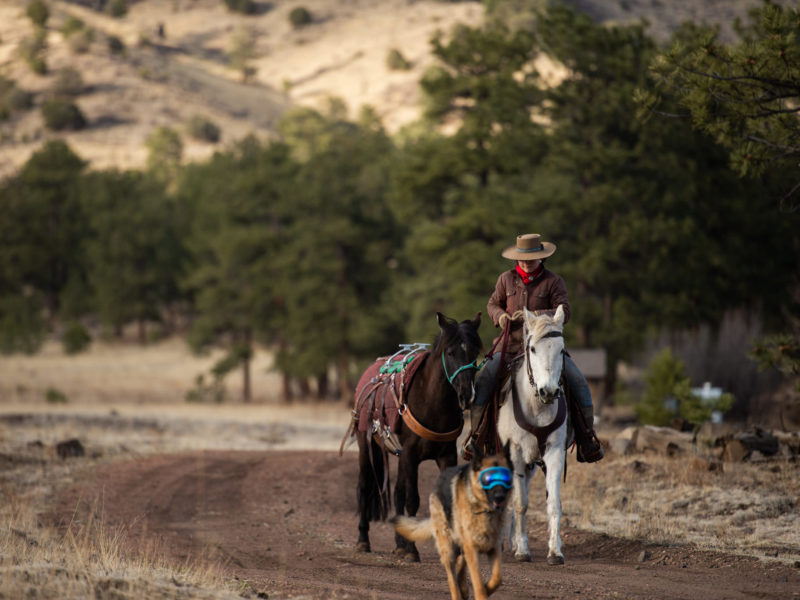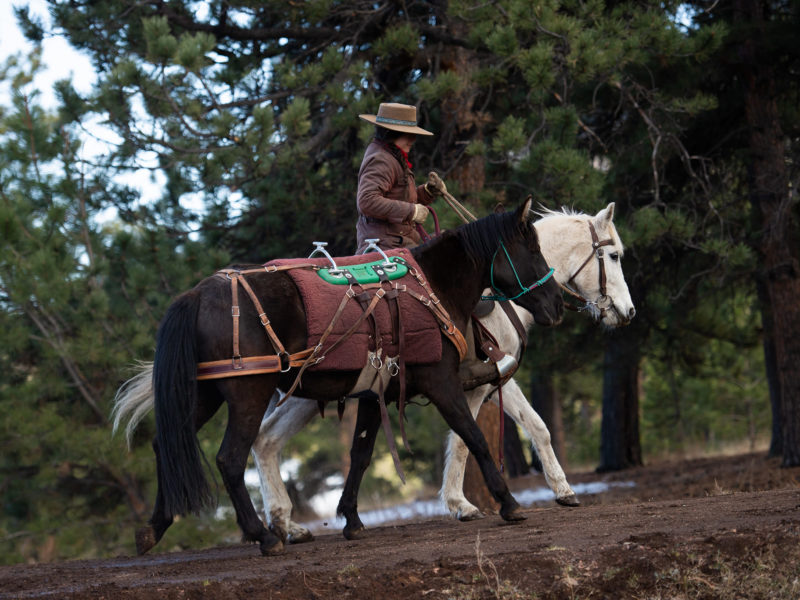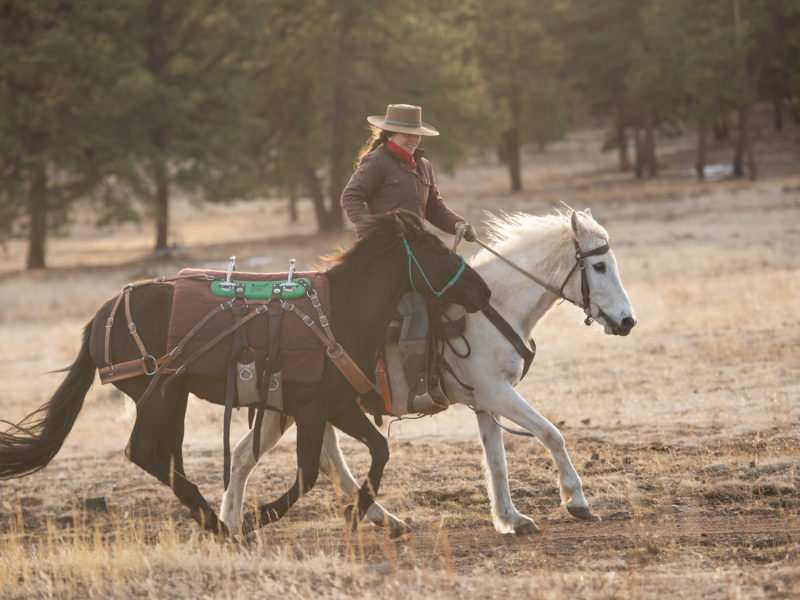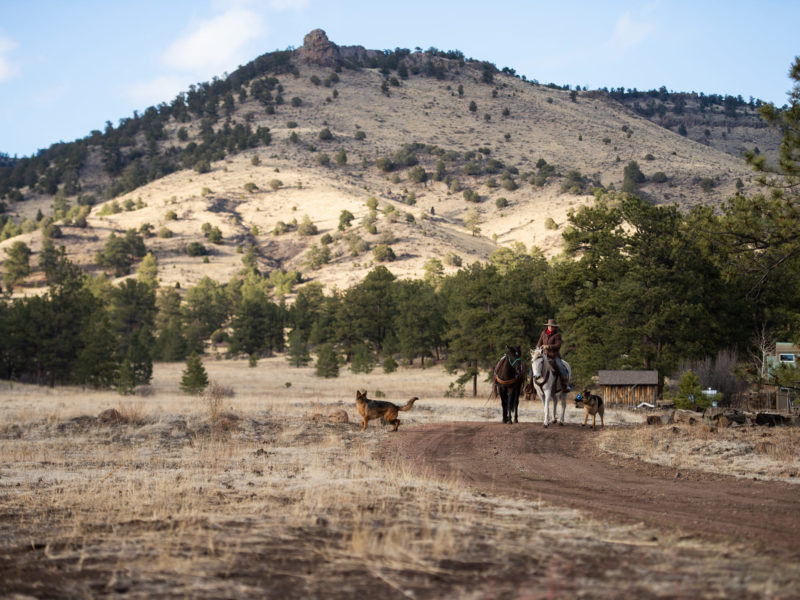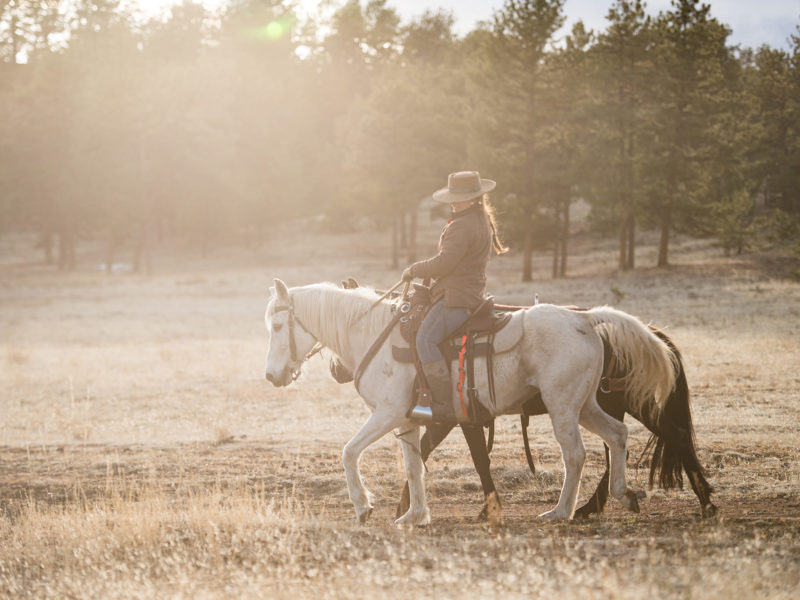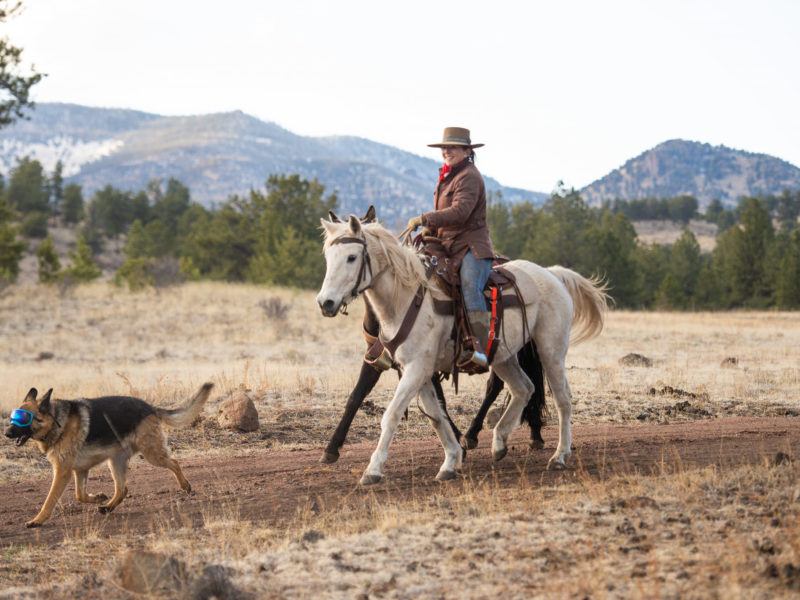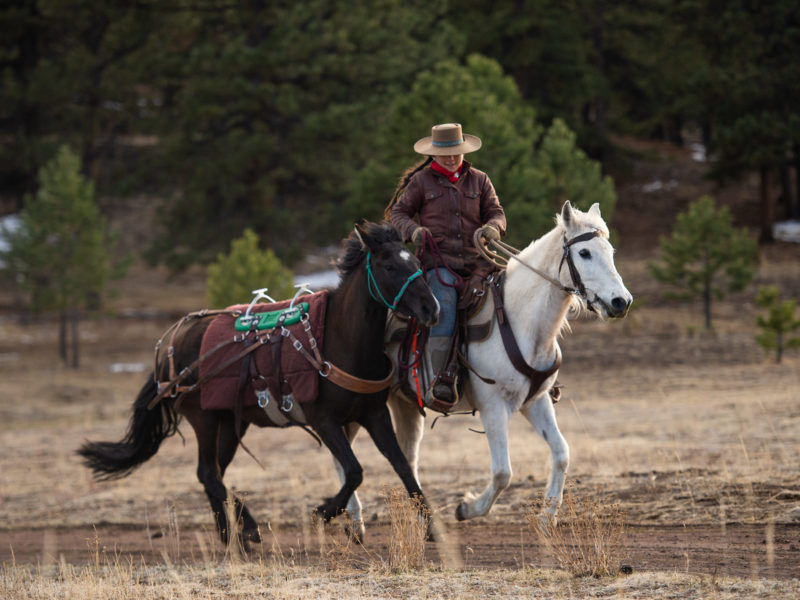It sounds so easy, right?
We “just” want to halter them/lead or load them/pony, pack, ride or drive them. Why won’t they just get it?
Because there is so much more to it for the horse, starting with the fact that nobody gave them a script for the play they’re suddenly expected to take a main role in.
This is true for both Mustangs and domestics, but for the wild ones there’s so much to catch up on before they are at the same level as a horse that maybe doesn’t know much yet but has been around humans all its life. A lot of it is mindset.
Learning to trust and respect humans, how to read and interact with them, learning to think before reacting, learning that many instinctual responses to stimuli no longer bring desired results (namely running away, kicking, biting, striking, rearing as a way of dealing with a perceived threat), learning to give to pressure instead of fighting it.
Learning to see and feel new objects, finding balance while one foot is being held up or with something on their back. Getting used to movement behind them not meaning they should run away or kick at it. Learning to stand tied. Learning to calmly accept halters, bridles, saddles, harnesses, blankets and boots being wrapped around parts of their bodies.
Learning to climb into a metal cave that closes behind them and takes them to unfamiliar places while they are trying to balance inside, watching scary, sometimes noisy objects fly by.
All of that goes against a horse’s instincts. They can’t read our minds or magically know what we’re trying to accomplish and that we don’t want to hurt them.
That’s why it’s important to break things down. And then break them down some more. It’s easier to go to the next step a little faster because the horse thinks it’s easy (that builds confidence) than to go back and fix something after skipping steps and confusing or scaring the horse (that destroys confidence and trust in the human).
This session of ponying 3yo Mustang mare Onyx with the pack saddle was about step 75 out of 100 while she was at Wild Horse Outreach & Advocacy . We mastered several small steps even in this session. They were so tiny that she could succeed easily, have fun and end the session in a content and confident headspace, ready to still do more.
Blanca, the Shepherds and I enjoyed ourselves too. Breaking learning down into bite sized pieces, where the next one just falls into place like a logical, manageable next step is easier on everyone involved.
Warwick Schiller says in one of his podcasts, in the context of working with not so easy horses, “If you’re thorough you don’t have to be brave.”

